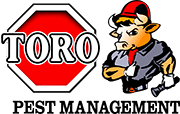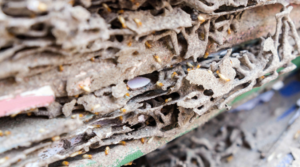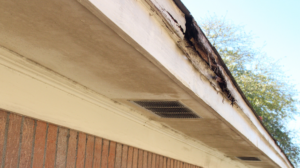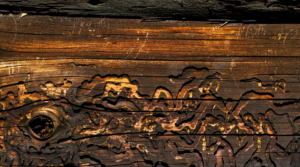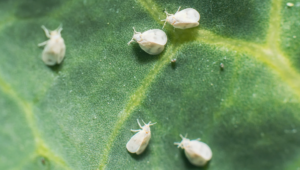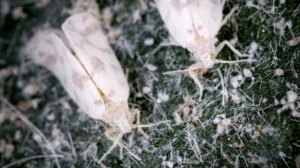There are many factors that contribute to the general emergence of termites. Some of these factors include rising temperatures, wind, light intensity, moisture levels, and atmospheric pressure.
While there are places in which termites tend to swarm in the spring, the areas in which temperatures remain favorable also experience termite swarm in the fall. Irrespective of where your home is, you should always keep termites out of sight.
If you can detect signs that termites maybe invading your property, or if you can be able to detect termite invasion early, your local pest control professional can prevent damages even before they occur.
So, when do you see termite in your home? Well, there are a number of warning signs that termites have invaded your property. A homeowner will see termite infection when there are such signs as:
- Swarms
The only time a homeowner actually gets to sees termites or actually find out that termites have invaded their property before any damage is discovered is a termite swarm. This is actually how termites normally establish new colonies. Usually, termites swarms can actually occur both outside and indoors.
- Discarded wings
Discarded wings is usually the only and first sign of a termite problem. As the termite colony matures, the winged termites leave their nest in to create the new colony. Termites shed their wings whenever they are not needed anymore.
Piles of wings is a clear indication that the termites are present in your home. Termites are usually attracted by light. Therefore, you are likely to see the wings spider webs or basement window sills.
If you see the wings within your property, you should bring in a professional immediately.
- Frass
Frass or termite droppings are a revealing sign of a termite infestation. The drywood termites usually nest inside of wood. As these creatures create tunnels and consume the wood, they basically infest, they discard the droppings, thereby creating mounds of pellets.
Generally, most frass are usually small. In fact, they are just one millimeter long. They are also look like wood shavings and creating mounds. Homeowners can find these pellets anywhere that food is found within a home.
- Mud tubes
The subterranean termites usually create mud tubes in order to travel their food source from the soil, and their food source may actually be your home. They create pencil-thin tunnels that retail moisture and also protect the termites from actually drying out.
In most cases, you will spot mud tubes around the foundation of your home.
